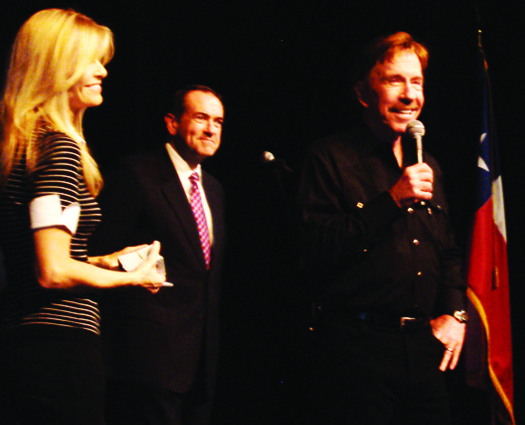| << Chapter < Page | Chapter >> Page > |

By the general election, each party has only one candidate, and campaign ads must accomplish a different goal with different voters. Because most party-affiliated voters will cast a ballot for their party’s candidate, the campaigns must try to reach the independent and undecided, as well as try to convince their party members to get out and vote. Some ads will focus on issue and policy positions, comparing the two main party candidates. Other ads will remind party loyalists why it is important to vote. President Lyndon B.
Johnson used the infamous “Daisy Girl” ad, which cut from a little girl counting daisy petals to an atomic bomb being dropped, to explain why voters needed to turn out and vote for him. If the voters stayed home, Johnson implied, his opponent, Republican Barry Goldwater, might start an atomic war. The ad aired once as a paid ad on NBC before it was pulled, but the footage appeared on other news stations as newscasters discussed the controversy over it.
Part of the reason Johnson’s campaign ad worked is that more voters turn out for a general election than for other elections. These additional voters are often less ideological and more independent, making them harder to target but possible to win over. They are also less likely to complete a lot of research on the candidates, so campaigns often try to create emotion-based negative ads. While negative ads may decrease voter turnout by making voters more cynical about politics and the election, voters watch and remember them.
Another source of negative ads is from groups outside the campaigns. Sometimes,
shadow campaigns , run by political action committees and other organizations without the coordination or guidance of candidates, also use negative ads to reach voters. Even before the
Citizens United decision allowed corporations and interest groups to run ads supporting candidates, shadow campaigns existed. In 2004, the
Swift Boat Veterans for Truth organization ran ads attacking John Kerry’s military service record, and
MoveOn attacked George W. Bush’s decision to commit to the wars in Afghanistan and Iraq. In 2014, super PACs poured more than $300 million into supporting candidates.

Notification Switch
Would you like to follow the 'American government' conversation and receive update notifications?